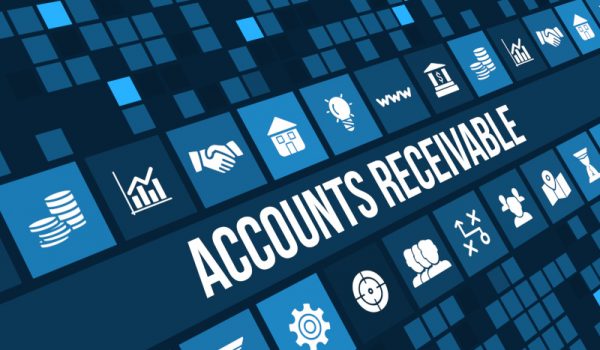
Businesses handle sales transactions on a near-daily basis and under the sales umbrella is managing accounts receivable. The difference between good and bad accounts receivable management is often a deciding factor between good and bad debt. Like other sales and accounting processes, automating accounts receivable is a game-changer for your organization. In this article, we’ll take a brief overview of accounts receivable and then delve into how automation streamlines the entire process.
What are Accounts Receivable?
To review, accounts receivable describes the money owed to you by a customer when the product or service has already been delivered or given. The account receivable life cycle begins when that service is delivered, but not yet paid for, and is completed when the amount is paid in full.
Managing your accounts receivable lifecycle and encouraging clients to pay promptly can involve sending invoices and payment reminders. You’ll also need to monitor progress. This ensures that your accounts receivable remain lucrative and don’t become a liability. The interaction between the billed customer and the business itself is integral. The more streamlined the multifaceted collaboration is, the smoother the accounts receivable lifecycle. Good accounts receivable management means being organized, accurate, having a reliable system for invoices being delivered, processed, and recognized efficiently.
Accounts Receivable Health
One of the influencing factors of good accounts receivable management is the brevity of your DSO (Days Sales Outstanding), or how long the sale goes without being paid. After the invoice is sent, companies usually send reminders within the first 30 days to keep the invoice a priority and secure a shorter DSO. The account may need payment monitoring as it approaches the end of the life cycle, until the amount is paid in full.
With so many factors surrounding the billing process, gracefully managing accounts receivable can feel hectic. How can the entire process be streamlined and strengthened? Easy, you automate your accounts receivable by leveraging modern accounting software that seamlessly connects and manages all the facets involved.
Automation and Accounts Receivable
The best way to manage the accounts receivable process, given all of its components, is working smarter, not harder. Automation, particularly with accounting, ultimately simplifies all the transactions. With automation comes speed, organization, accuracy, and efficiency because the data can be shared and implemented instantly. A good program will allow you to simplify and manage shipping, invoicing, billing, and reminders in one place, without switching back and forth between numerous tabs and applications. Automation also saves you from having to manually duplicate customer information or details. This means the process is less hands-on and faster, saving time and expense and ensures the full life cycle is also visible, ensuring key stakeholders can monitor each step. Automation is enhanced when your accounting system is comprehensive enough to connect to the other data and processes surrounding the account.
Process Visibility
Through features that let you view inventory and create and view the sales order, you can ensure the order has a strong start and all product order errors or mishandling can be handled immediately. You can track orders as they are processed and shipped, or communicate with vendors involved in your shipping process. This lets you visualize every stage of shipping so issues with sending can be caught and addressed. Simultaneously you can manage vendor-related costs like shipping in the same interface. You can do this on one platform, without having to jump between lots of windows or applications. This helps the accounts receivable in the early stages, as you’re monitoring and managing it upfront, without hassle.
Later in the life cycle, when you’re managing invoices and billing, automation increases visibility in the same manner. Sending invoices ensures the correct amount is paid at the correct time and software adds value to the invoicing process by making it simpler and ensuring accuracy. More comprehensive accounting systems like Accounting Seed also let you convert invoices directly into a PDF that can be emailed to the customer. This ensures no errors from manual input or duplication and a quick delivery. This organizes invoice record and details, as well as billing information to ensure timely payments. As an added benefit, this process innovation saves money and promotes a positive customer experience.
Streamline Your Accounts Receivable through Accounting Seed
Being able to collect accounts receivable through a robust software is ideal and minimizes both financial and time losses that result from manual accounts receivable management.
See Accounting Seed in action
Get a close-up view of how accounting on Salesforce can eliminate the need for costly integrations—and silos of mismatched information—by sharing the same database as your CRM.



